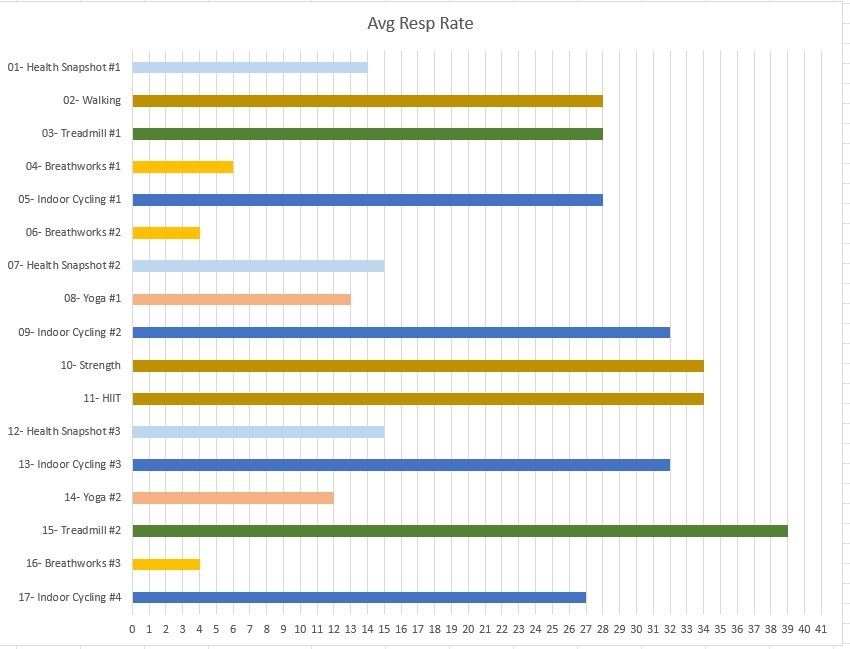I got flu with high temperatures several times while using Garmin Fenix 7S. All the time Garmin shows no changes in Respiratory rate, which is strange. Same time my Oura shows a rise in respiratory rate.
Here is a great study showing that Garmin has awful accuracy for respiratory rate - http://www.muscleoxygentraining.com/2022/10/alphahrv-vs-garmin-resp-rate-david-vs.html
Garmin's resp rate algorithm is not very accurate. The bias is very high and correlation modest despite high quality RR recordings.
One wonders, what is going on with the Garmin/Firstbeat division. These programmers/scientists are supposed to be top notch, have years of development under their belt, large financial and testing resources. How can they release such a flawed product? It also makes one not trust their other metrics and claims (training readiness, body battery, sleep scores etc). Although it's impressive that a couple of young programmers working in their spare time have easily surpassed them, I think it's shameful that Garmin puts out this type of software quality.


